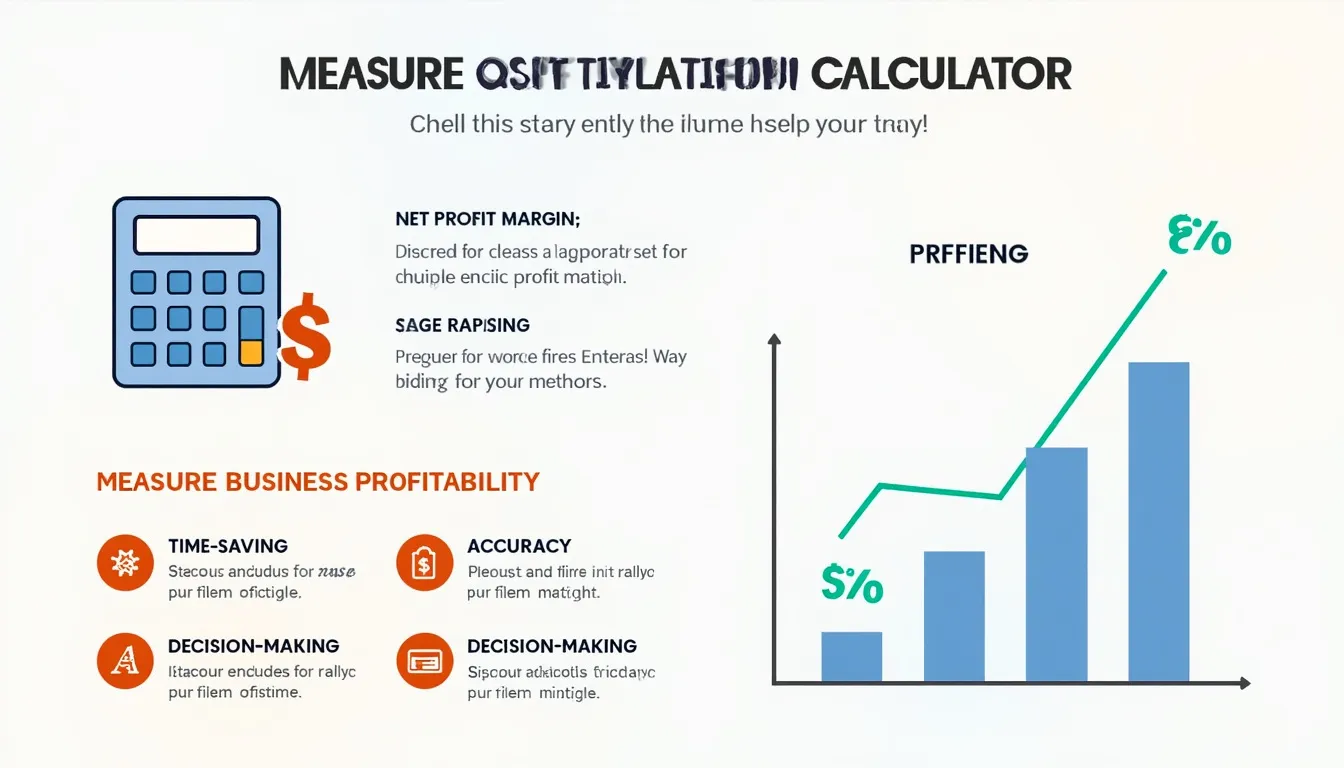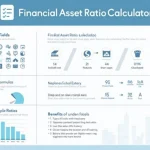Net Profit Margin Calculator
Is this tool helpful?
How to use the tool
- Enter Net Income: Key in total profit after all expenses. Example values: 95 000 or 310 000.
- Enter Sales Revenue: Add gross sales for the same period. Example values: 640 000 or 2 100 000.
- Press “Calculate”: The tool divides net income by sales revenue and multiplies by 100 to return a percentage.
- Interpret the figure: A 15 % margin means you keep $0.15 from every sales dollar.
Formula
$$\text{Net Profit Margin} = rac{\text{Net Income}}{\text{Sales Revenue}} \times 100\%$$
Worked examples
- Example A: 95 000 ÷ 640 000 × 100 = 14.84 %.
- Example B: 310 000 ÷ 2 100 000 × 100 = 14.76 %.
Quick-Facts
- Average U.S. company net margin: 11.41 % in 2022 (Damodaran, 2023).
- Retail sector margin: 4.5 % (Damodaran, 2023).
- Software sector margin: 18.0 % (Damodaran, 2023).
- Figures must reflect the same period for accuracy (Investopedia, https://www.investopedia.com/terms/n/net_margin.asp).
- Negative margin signals expenses exceed revenue (U.S. SEC, 2022).
FAQ
What is net profit margin?
Net profit margin is the percentage of revenue left after every expense, tax, and interest charge (Investopedia, URL).
How does the calculator work?
It divides your entered net income by sales revenue, multiplies by 100, then rounds to two decimals—no manual math needed.
Why compare margins to industry averages?
Industry benchmarks reveal whether your efficiency lags or leads competitors, guiding pricing and cost-cutting (Damodaran, 2023).
What is a “good” net profit margin?
A “good” margin exceeds your sector’s mean; for software, aim above 18 %, for retail, above 5 % (Damodaran, 2023).
How can I improve my margin?
Raise prices, trim non-essential costs, renegotiate supply contracts, and streamline operations (SBA, https://www.sba.gov).
Can the margin be negative?
Yes—loss-making firms post negative margins, alerting managers to urgent cost or revenue fixes (U.S. SEC, 2022).
How often should I measure it?
Monthly reviews let you respond fast to shifts, while quarterly views align with financial statements (CFA Institute, 2020).
Is a higher margin always better?
Higher is preferable, yet excessive margins can indicate underinvestment or overpriced products risking market share (Harvard Business Review, 2021).
Important Disclaimer
The calculations, results, and content provided by our tools are not guaranteed to be accurate, complete, or reliable. Users are responsible for verifying and interpreting the results. Our content and tools may contain errors, biases, or inconsistencies. Do not enter personal data, sensitive information, or personally identifiable information in our web forms or tools. Such data entry violates our terms of service and may result in unauthorized disclosure to third parties. We reserve the right to save inputs and outputs from our tools for the purposes of error debugging, bias identification, and performance improvement. External companies providing AI models used in our tools may also save and process data in accordance with their own policies. By using our tools, you consent to this data collection and processing. We reserve the right to limit the usage of our tools based on current usability factors.







